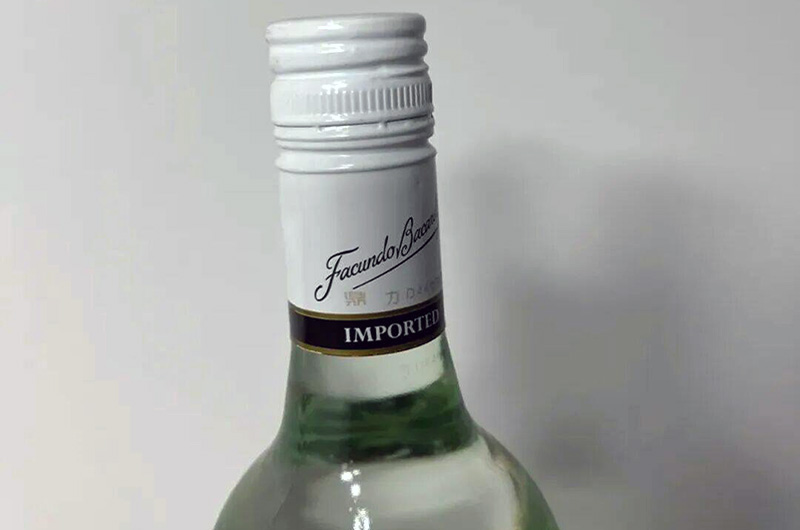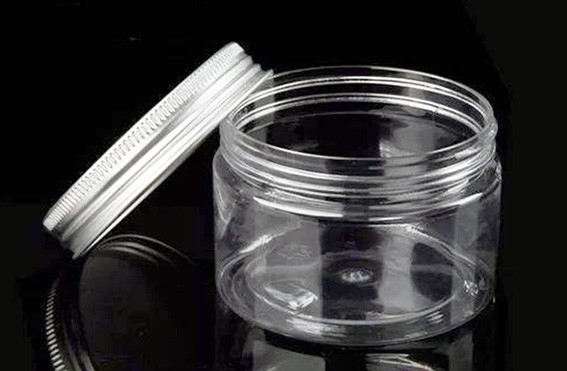Purpose and manufacture of threads on Ropp aluminum bottle caps
Last Updated :May. 13, 2024
ROPP stands for Rolling Ball Theft Prevention. A ROPP cap is a seal used to seal bottles, especially in the beverage industry. Made of aluminum, these bottle caps feature a threaded mechanism that securely screws them onto the bottle neck.
ROPP bottle caps are widely used for packaging beverages such as wine, spirits, oils and certain types of non-carbonated beverages. ROPP bottle caps have threaded mechanisms whose main function is to enhance grip when opening or closing the bottle cap.

Ropp (roll-on-theft-proof) aluminum bottle caps are typically made from aluminum alloy 8011. This alloy is commonly used in the production of bottle caps and closures due to its excellent formability, corrosion resistance and suitability for deep drawing processes. Necessary to create the complex shapes required for bottle caps.
Use of cutting grooves on ROPP aluminum bottle caps
- 1. Tamper Resistance: One of the primary purposes of these grooves is to provide a visible indication when the closure has been tampered with or removed. When the closure is initially installed on the bottle, the groove is intact. If someone attempted to remove the cover and then replace it, the grooves would be visibly damaged, indicating possible tampering.
- 2. Improved grip: The grooves also provide a textured surface for enhanced grip when twisting the cap to open or close the bottle. This is particularly useful for consumers, especially in environments where the bottle or their hands may be wet.
- 3. Aesthetics: In addition to functionality, grooves can add aesthetics to the closure, making it visually interesting and potentially enhancing the brand image.
Thread manufacturing on Ropp aluminum bottle caps
1. Print the background color
To color the aluminum according to the projected cap color, it starts with a full sheet of aluminum skin. First, give the aluminum plate a color, and then apply a layer of varnish as a protective layer after drying. After drying, continue printing small circles.
2. Punch out the small bottle cap
First, the aluminum sheets are blanked to make batches of small discs, and then sent for stamping to make the round blanks into the shape of small bottle caps.
3. Stretch molding
Squeeze the small bottle cap multiple times to control the size according to the bottle cap requirements.
4. Print the sides
Next, decorate the sides of the bottle cap. Rotate the ink roller sideways to print patterns around the bottle cap.
5. Bottle cap labeling
Some even put a sticker on the top of the bottle cap.
6. Make threads
But compared with the finished bottle cap, the bottle cap at this time still needs to be made with cuts and grooves. The vertical cut lines are used to increase friction when unscrewing, and their function is equivalent to the plastic caps of mineral water and bottled drinks. In order to ensure a good seal, a plastic sleeve is embedded to seal the bottle mouth tightly.
7. Check the bottle cap threads
Check with light to see if the cuts and grooves are up to standard. It is the place that we usually break when we twist it. It can be said to be the "anti-theft ring" of the wine bottle cap.
Finally, the bottle cap is tightly sealed to the bottle mouth through the thread reinforcement device. Because aluminum has relatively good ductility, it can tightly adhere to the threads of the bottle mouth after being screwed on, forming a thread on its own.

Ropp aluminum bottle caps processing precautions
Processing aluminum bottle caps, especially those made from Ropp (roller ball anti-theft) caps, requires certain precautions to ensure product quality, safety and efficiency. Here are some key precautions to consider:
- 1. Cleanliness: Ensure that the processing environment is clean and free of pollutants. Any dirt, dust or foreign matter will affect the quality of the cap.
- 2. Material Handling: Handle the aluminum cover carefully to prevent dents, scratches, or other damage that could affect its performance or appearance.
- 3. Quality control: Quality control measures are implemented throughout the production process to detect and eliminate any defects in the caps. This may include visual inspection, dimensional measurements and functional testing.
- 4. Machine Setup: Set up the processing machine according to the manufacturer's recommendations and specifications. Proper machine setup ensures consistent performance and minimizes the risk of problems such as over- or under-crimping.
- 5. Lubrication: Apply appropriate lubricants to processing equipment to reduce friction and prevent component wear. However, make sure the lubricant does not contaminate the cap.
- 6. Temperature control: Maintain proper temperature control during processing to prevent lids from overheating or thermal damage. Aluminum is sensitive to temperature changes, so monitoring and controlling heat levels is critical.
- 7. Tool maintenance: Regularly inspect and maintain processing tools such as crimping joints and molds to ensure that they are in good condition. Worn or damaged tools can cause inconsistent crimping and product defects.







